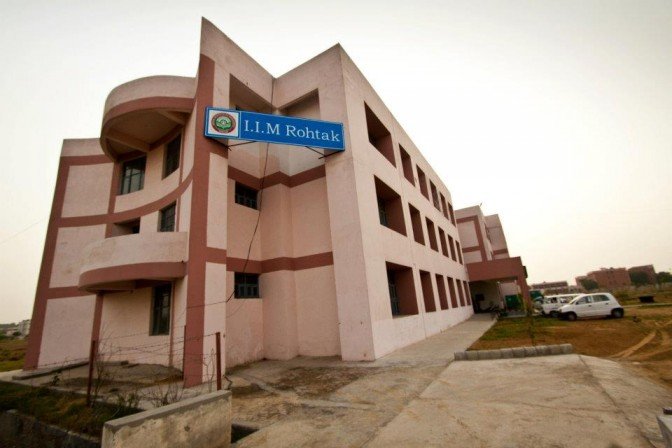India , once regarded as one of those countries which can never really assume centre stage in world politics, is today one of the most cherished growth stories in the world. Jim O’Neil coined the term BRIC and for the first time equated India on the same scale as China, a country that was growing in double digit figures. Every Indian started to relish and heralded that 21st century is the beginning of Indian century- a belief that was supported by the growth story over the last decade. However, the recent turn of events has perhaps changed the perspective a bit and poses a serious question: Is India really as strong as media reports or public believes?
The Indian growth story is slowing; there is no second thought about it. India was almost untouched by the Asian crisis of the 90s, however in present circumstances our economy is as much affected as any other country in the world due to higher global financial integration. Another major issue in EU or slowdown in China and the ripple effect will be felt across in India. To make matters worse, India’s public debt is nearing 80% of GDP and fiscal deficit this year is going to exceed 5%. Moreover, the Indian government over estimated the export figures by around 9 billion USD and the balance of trade this year is expected to be negative 160 billion USD.
The Indian army, which is the third largest in the world, does not have sophisticated weapons nor do they have proper protective gear in comparison to the technologies available to western countries or even in the neighbourhood. Our population is continuing to grow at a rapid rate and there are no signs of it stopping and with a dismal education infrastructure to add to the woes. The Indian rupee is depreciating every week and more than 100 billion USD of payment is due by the Indian government next year for its external debt. Furthermore, there is no political unity on taking decisions on key issues like FDI which have potential of creating jobs for millions. So what makes the Indian story work? Is it just a myth? Perhaps not.
China successfully implemented its one child norm which has led to controlled growth rate for the population and a huge increase in the population of DINK (Double Income No Kids) households. The Chinese population is expected to become stable at 1.4 billion. India on the other hand has practically no state policy towards population control on ground and its growing population is expected to stabilize at 1.6 billion people and believe it or not it is this inefficiency of the government that will be the ultimate game changer in the power equations of the world. India today has more than 50% of its workforce under the age of 25 and if we move forward to 2050 , it will be the only country among the BRIC nations to continue to have a young population. India can become the net exporter of workforce for aging economies of 2050 like China, US and Japan and achieve the status of super power in the world. Furthermore, contrary to popular beliefs, India is not energy deficient- it is just that it presently does not have the technology to utilise these natural resources. India has the world’s largest Thorium reserves and has vast shale oil reserves in the state of Arunachal Pradesh, oil reserves in Barmer, Rajasthan – these energy reserves are sufficient for the next 50 years of requirement at the current rate of consumption. Furthermore even in the current scenario almost 60 % of our GDP is driven by internal consumption and a population of 1.6 billion is definitely the market for the future. However a lot of this potential will depend on whether the Indian government can invest in infrastructure and education, without which this demographic asset will become the biggest burden – whether India can make it a blessing remains to be seen!
Food for thought: Is the Indian elephant going to run in future ?
You might like reading:

IIM Rohtak Placements 2015: 61 Companies on campus
IIM Rohtak successfully concluded its Final Placement process for the fourth batch of the Post Graduate Program in Management (PGPM), 2013-2015. In a batch of 152 students, 148 participated in the placement process and 4 opted out of the placement process. A total of 61 companies participated in the final placement process. Roles & Recruiters IT/Analytics Technology as a leading […]
How Credit Cards are just like your girlfriend !
It’s important to find your right match: Before choosing the right girl, you need to consider your personality and lifestyle. If you are someone who enjoys shopping, a trendy shopaholic girlfriend will be your Ideal partner. If you love partying, it will be better suited that your girl likes to party or you will be facing a lot of nagging […]






























